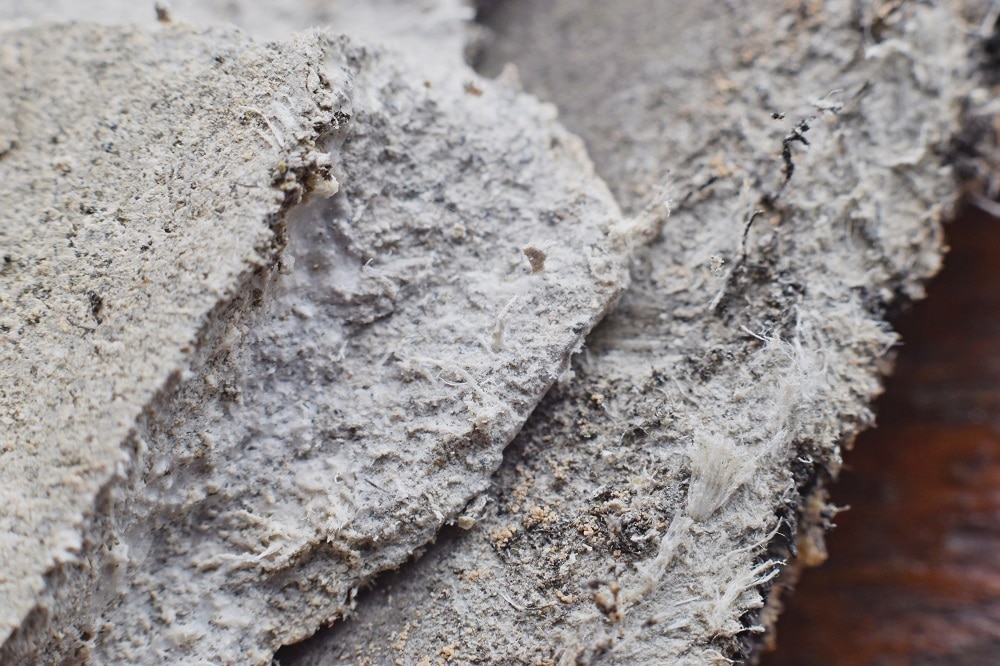Most people have heard about the dangers of asbestos when used in building materials because exposure to asbestos has been shown to cause cancer. But what many people don’t realize is that asbestos is something that’s present in the environment, which means there’s a chance that it could be in your drinking water. Water quality test labs include asbestos as one of the elements they test for because of the potential danger of high levels of asbestos in drinking water. Here’s what you need to know.
What Is Asbestos?
Asbestos is a silicate mineral that was used for many years in construction. It was so widely used because it was fire and heat resistant, absorbed sound well, was resistant to chemical and electrical damage, and was affordable. Its use was discontinued after it was discovered that it caused several health conditions. In fact, removal of asbestos should only be done with protective gear because of the health risks it poses.
What Can Asbestos Exposure Cause?
Asbestos dust is the most serious form of exposure because of the carcinogenic effects from prolonged inhalation of the fibers. This type of exposure is known to cause mesothelioma, lung cancer, and asbestosis. While most cases of asbestos-related mesothelioma are found in people who have been around asbestos fibers for years, there is a risk that drinking water contaminated with asbestos could cause health conditions as well.
Is There Asbestos in Drinking Water?
Of course, the questions you’re probably asking is if your water could possibly be contaminated with asbestos. The answer is: potentially. Asbestos not only occurs naturally, but many pipes were constructed using cement that contains asbestos. The water mains using this type of cement gradually decay, which means asbestos can be released into the drinking water. In addition, those using primarily well water are at risk of having asbestos in the water since there’s no regulation on private wells. The Safe Drinking Water Act requires public water supplies to comply with standards for asbestos levels and other contaminant levels. The EPA has set the safe level of asbestos at seven million fibers per liter. Levels above this may increase the risk of benign intestinal polyps.

How Can Asbestos Be Removed?
To keep asbestos levels safe in municipal water supplies, water treatment plants use coagulation/filtration, direct and diatomite filtration, and corrosion control. If levels still rise above recommended levels, the water supplier is required to notify users. You can treat asbestos in your water with a home filter and filtration system that uses a carbon filter or a reverse osmosis system to remove asbestos and other impurities.
Is Your Water Safe?
It hasn’t been proven that higher than the EPA-recommended level of asbestos in water can cause mesothelioma. However, it’s difficult to know how much asbestos you’re being exposed to without a water test. If you use a public drinking water supply, you should have access to the results of regular water testing. These results will show you exactly what levels of asbestos are in your drinking water so that you can determine if additional measures are necessary if you feel like any level of asbestos is too risky. If you primarily drink water from a private well it’s a good idea to get professional asbestos water testing so that you know exactly how high your asbestos levels area. To get your water tested, contact Environmental Testing and Research Laboratories, Inc., today.

